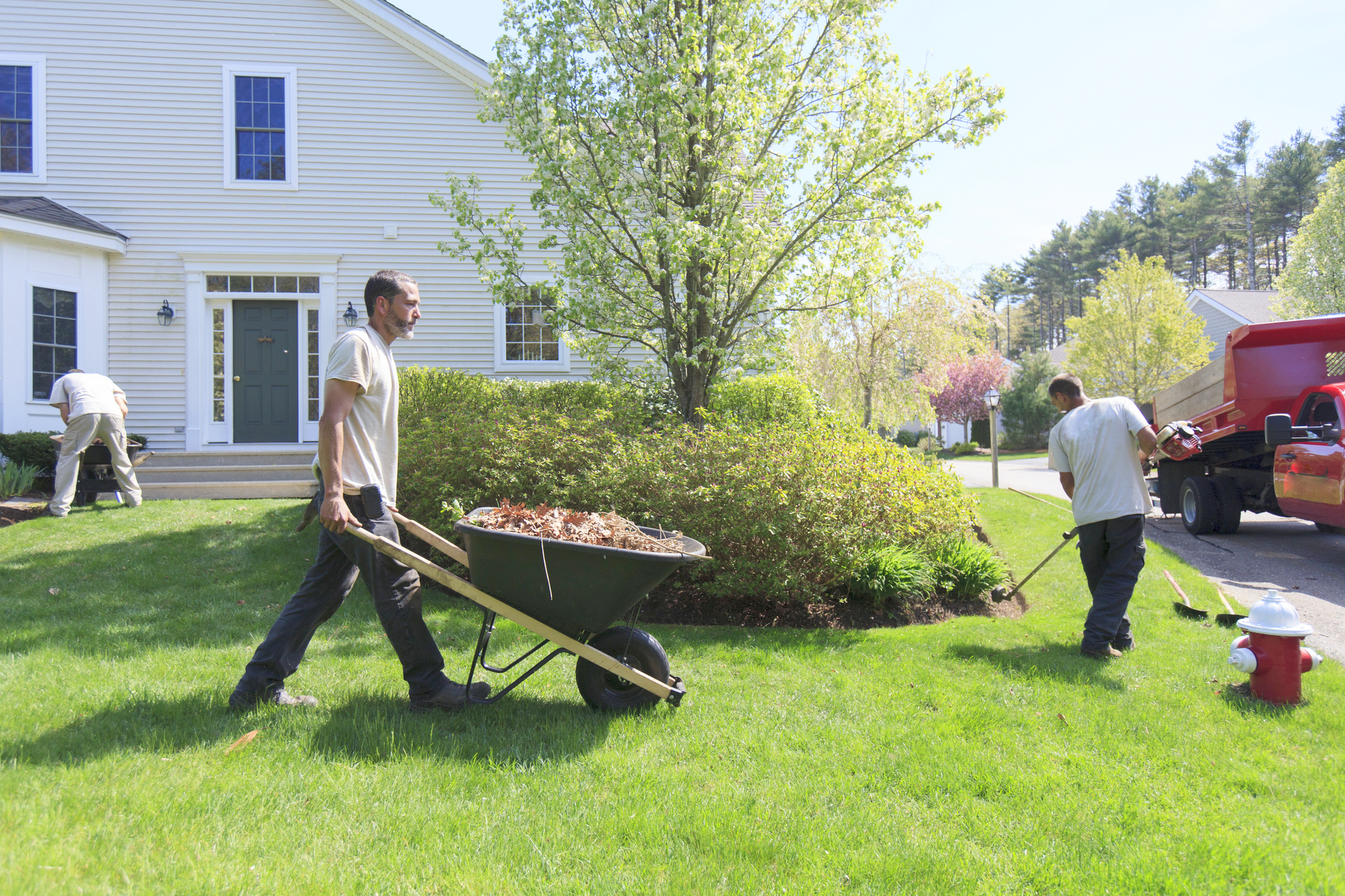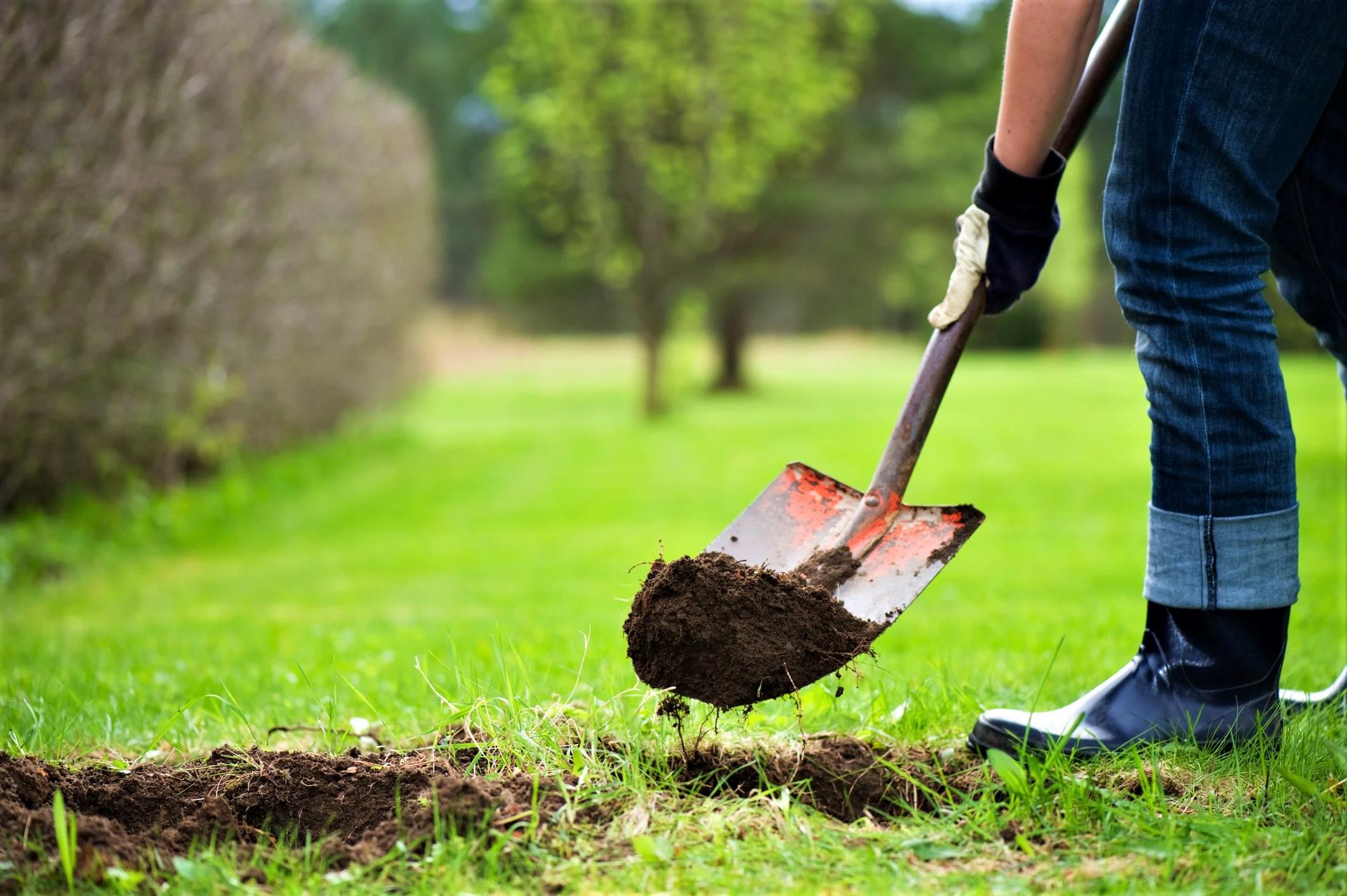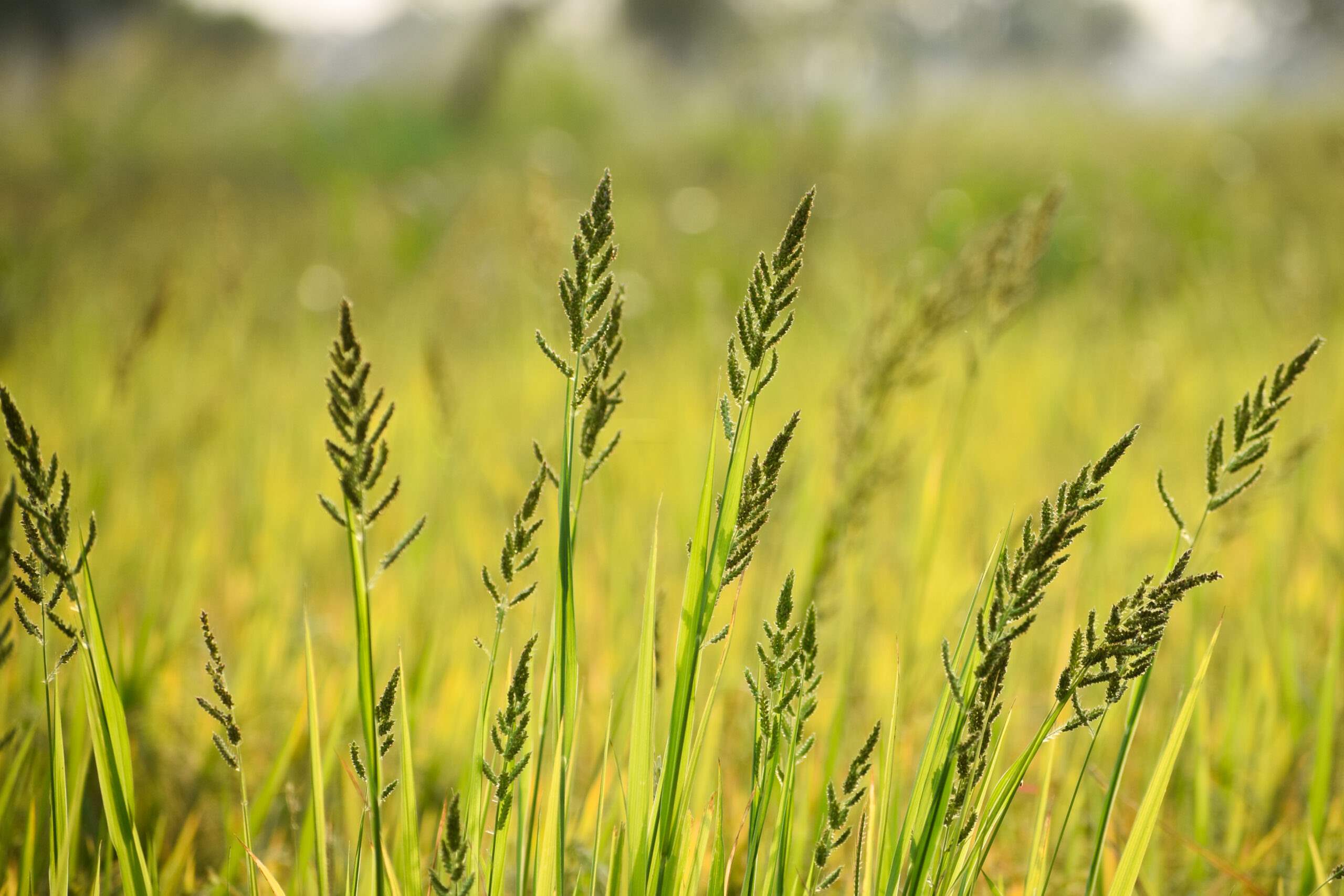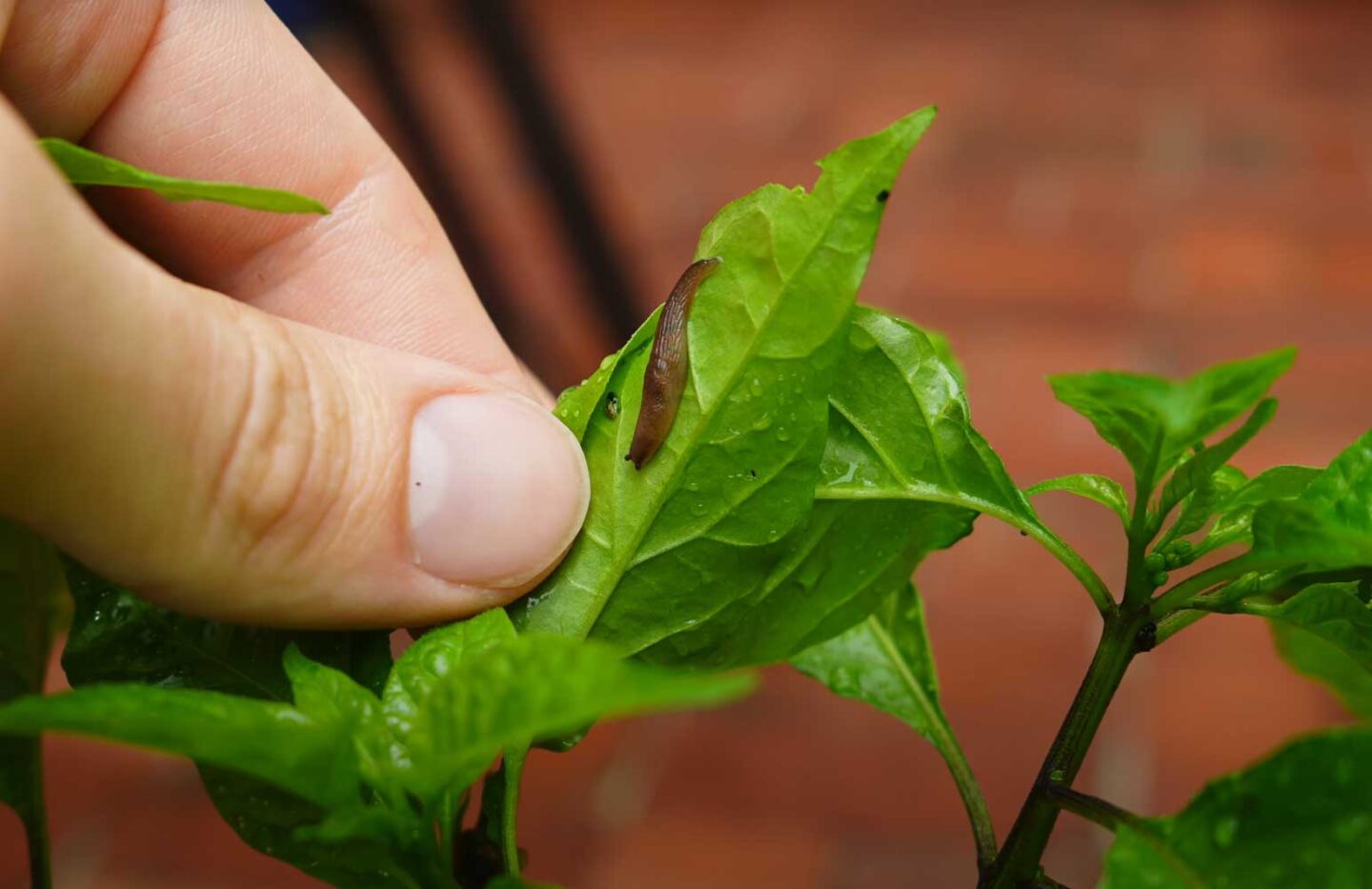Home>Gardening Tips and Tricks>What To Feed Wild Rabbits In My Backyard
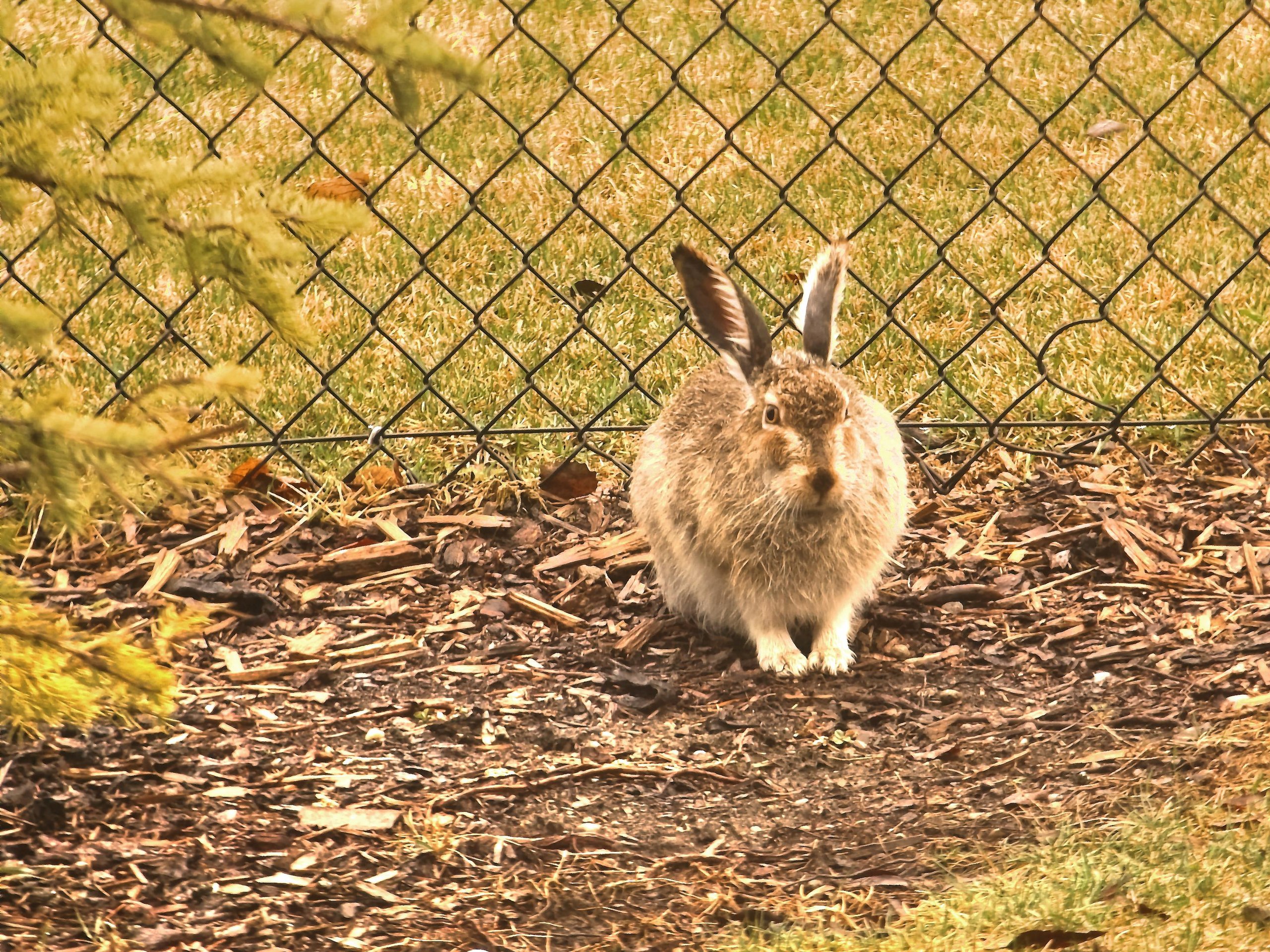

Gardening Tips and Tricks
What To Feed Wild Rabbits In My Backyard
Published: August 5, 2023
Learn how to maximize yield and feed wild rabbits in your backyard with expert tips and recommendations. Ensure a healthy and thriving rabbit population in your outdoor space.
(Many of the links in this article redirect to a specific reviewed product. Your purchase of these products through affiliate links helps to generate commission for Chicagolandgardening.com, at no extra cost. Learn more)
Table of Contents
- Introduction
- Understanding the Dietary Needs of Wild Rabbits
- Natural Foods for Wild Rabbits
- Vegetable Options for Wild Rabbits
- Fruits Suitable for Wild Rabbits
- Hay and Grass for Wild Rabbits
- Water Requirements for Wild Rabbits
- Foods to Avoid Feeding Wild Rabbits
- Supplementing the Diet of Wild Rabbits
- Conclusion
Introduction
Welcome to the fascinating world of wild rabbits! If you’re fortunate to have these adorable creatures visit your backyard, you may be wondering how to best care for them and provide them with a nutritious diet. While it may be tempting to offer them your leftover vegetable scraps or processed pet food, it’s essential to understand their dietary needs to ensure their optimal health and well-being.
Wild rabbits, like their domestic counterparts, are herbivores, meaning their diet primarily consists of plant material. They have specific nutritional requirements that must be met in order for them to thrive in the wild. Providing them with the right foods will not only contribute to their overall health, but it will also attract them to your backyard, allowing you to enjoy their charming presence.
In this article, we will delve into the dietary needs of wild rabbits, exploring their natural foods, suitable vegetables and fruits, the importance of hay and grass, water requirements, and what foods to avoid feeding them. We will also discuss the importance of supplementing their diet, especially during times when natural food sources may be scarce.
Whether you’re a wildlife enthusiast or simply wanting to provide a healthy and inviting habitat for wild rabbits, understanding what to feed them is key. So, let’s embark on this journey of discovery and learn how to nourish and care for these beautiful creatures in your own backyard.
Understanding the Dietary Needs of Wild Rabbits
Before we jump into what specific foods to provide for wild rabbits, it’s important to understand their unique dietary needs. The digestive system of wild rabbits is specifically adapted to process high-fiber, plant-based foods. Their diet consists mainly of grasses, leaves, and other vegetation found in their natural habitat.
Fiber is a crucial component of a wild rabbit’s diet. It aids in their digestion and helps maintain a healthy digestive system. High-fiber foods also provide the necessary bulk for proper gut motility and prevent the development of gastrointestinal issues.
Wild rabbits also require a variety of nutrients to support their overall well-being. These include vitamins, minerals, and protein. While they can obtain some of these nutrients from their natural food sources, it’s essential to provide a diverse diet to ensure they receive all the necessary nutrients.
Another important aspect of a wild rabbit’s diet is hydration. These small creatures need a constant supply of fresh water to stay hydrated and maintain their bodily functions. Ensuring that they have access to clean water is crucial, especially during hot weather or periods of low rainfall when natural water sources may become scarce.
Understanding the dietary needs of wild rabbits is the first step in providing them with a nutritionally balanced diet. By offering them foods that meet their specific requirements, we can contribute to their overall health and well-being, helping them thrive in their natural habitat. In the following sections, we will explore the different food options available for wild rabbits, providing you with a comprehensive guide on what to feed them in your backyard.
Natural Foods for Wild Rabbits
Wild rabbits have evolved to eat a variety of natural foods found in their native habitats. These include grasses, herbs, twigs, and bark. Incorporating these natural foods into their diet can provide them with the essential nutrients they require and mimic their natural foraging behavior.
Grasses are a staple food for wild rabbits. They are high in fiber and provide the necessary roughage for proper digestion. Wild rabbits are well adapted to grazing on grass throughout the day, so allowing a patch of grass to grow in your backyard can provide them with a consistent food source.
Herbs are another natural food option for wild rabbits. Herbs like dandelion greens, plantain, and clover are not only nutritious but also enjoyed by rabbits. These can be foraged from your backyard or added to their diet as supplemental food.
Additionally, wild rabbits consume twigs and bark to wear down their continually growing teeth. Providing them with small branches from safe trees, like apple, willow, or birch, allows them to satisfy this natural behavior and maintain dental health.
It’s important to note that wild rabbits rely on a diverse range of natural foods for their nutritional well-being. By imitating their natural diet and providing a mix of different plant materials, you can ensure they receive a balanced and varied diet in your backyard.
In the next sections, we will explore other food options, such as vegetables and fruits, that can be offered to wild rabbits as part of their diet. Understanding these additional food sources will not only provide variety but also enhance their overall nutritional intake.
Vegetable Options for Wild Rabbits
Introducing vegetables into the diet of wild rabbits can provide them with essential nutrients and add variety to their meals. However, it’s important to choose the right vegetables and offer them in moderation, as too many can upset their sensitive digestive system.
Leafy greens are an excellent vegetable option for wild rabbits. These include romaine lettuce, spinach, kale, and Swiss chard. These greens are low in calories and high in fiber, providing the necessary nutrition without causing weight gain. Remember to wash the greens thoroughly before offering them to remove any potential chemical residue.
Carrots are a well-known favorite among rabbits, both domesticated and wild. They are a rich source of vitamins and minerals, particularly beta-carotene. However, carrots should be fed in moderation due to their high sugar content. Offering a small piece as an occasional treat is ideal.
Other suitable vegetables for wild rabbits include bell peppers, Brussels sprouts, and broccoli. These vegetables are nutritious and can be provided in small quantities as part of their diet. It’s essential to introduce new vegetables gradually and monitor their digestion to ensure they are well tolerated.
When offering vegetables to wild rabbits, it’s important to only provide fresh and pesticide-free options. Avoid feeding them vegetables that have been treated with chemicals, as these can be harmful to their health.
Remember that while vegetables can be a beneficial addition to the diet of wild rabbits, they should not make up the majority of their food intake. Leafy greens and other vegetables should be provided as supplemental foods, along with their natural forage and high-fiber content, such as grasses and hay.
In the next section, we will explore the fruit options suitable for wild rabbits. These can be provided to add variety and additional nutrients to their diet.
Fruits Suitable for Wild Rabbits
Offering fruits to wild rabbits can be a tasty and nutritious addition to their diet. Fruits provide natural sugars, vitamins, and minerals that can supplement their nutritional intake. However, it’s important to remember that fruits should be given in moderation due to their higher sugar content.
One of the best fruit options for wild rabbits is apples. Apples are not only delicious but also a good source of dietary fiber and vitamin C. To provide apples to wild rabbits, cut them into small, bite-sized pieces, and remove any seeds or stem as they can be harmful if ingested.
Berries, including strawberries, raspberries, and blueberries, are also suitable fruits for wild rabbits. These fruits are rich in antioxidants, vitamins, and minerals. Just like with apples, offer them in small quantities to avoid overfeeding and digestive upset.
Bananas can be an occasional treat for wild rabbits. They provide potassium, vitamin C, and vitamin B6. However, due to their higher sugar content, it’s important to limit the amount given and offer them sparingly.
Other fruits that can be included in a wild rabbit’s diet are pears, peaches, and watermelon. These fruits should be offered infrequently and in small amounts due to their sugar content.
When introducing fruits to wild rabbits, always remember to wash them thoroughly and remove any seeds, pits, or stems that may be harmful. Providing a wide variety of fruits helps ensure that rabbits receive a diverse range of nutrients.
It’s important to note that while fruits can be a delightful addition, they should not be the primary source of nutrition for wild rabbits. The majority of their diet should consist of high-fiber foods, such as grasses and leafy greens, supplemented with smaller amounts of vegetables and fruits.
Next, we will discuss the importance of hay and grass as essential components of a wild rabbit’s diet, providing vital fiber and nutrients.
Hay and Grass for Wild Rabbits
Hay and grass are crucial components of a wild rabbit’s diet, providing essential fiber and nutrients. These fibrous materials not only aid in digestion but also help maintain healthy teeth and prevent the development of dental issues.
Grass is a primary food source for wild rabbits, and they spend a significant amount of time grazing on it. In your backyard, providing a patch of natural grass or allowing a section to grow wild can give wild rabbits access to a consistent and nutritious food source.
In addition to natural grass, offering hay to wild rabbits is essential. Timothy hay is an excellent choice, as it is high in fiber and mimics the type of vegetation that wild rabbits would consume in their natural habitat. The long strands of hay also provide mental stimulation and promote dental health as the rabbits chew on them.
When providing hay to wild rabbits, ensure that it is fresh, clean, and free of dust or mold. This is crucial as poor quality hay can lead to respiratory problems or other health issues. Simply place the hay in a designated feeding area or scatter it around to simulate a natural foraging environment.
Both grass and hay should be available to wild rabbits throughout the year, regardless of the seasons. They are a vital source of fiber that helps regulate digestion and prevent the occurrence of gastrointestinal issues.
Remember, wild rabbits have evolved to rely on grass and hay as a significant part of their diet. By ensuring they have access to these fibrous materials, you will not only support their overall health but also promote their natural foraging behaviors in your backyard.
Now that we have covered the importance of grass and hay, let’s move on to the water requirements of wild rabbits and how to ensure they stay properly hydrated.
Water Requirements for Wild Rabbits
Just like any other living creature, wild rabbits require access to fresh water to maintain proper hydration and support their bodily functions. Water is essential for digestion, temperature regulation, and overall health.
In the wild, wild rabbits obtain water from natural sources such as streams, ponds, or rainfall. However, in your backyard, it’s important to ensure that there is a consistent supply of clean water available for them.
Providing a shallow dish or a bird bath filled with fresh water is a simple and effective way to meet the water requirements of wild rabbits. Ensure that the water is changed regularly to prevent stagnation and contamination. During hot weather or periods of low rainfall, it’s important to monitor the water level and refill it as needed to prevent dehydration.
It’s worth noting that wild rabbits may not consume water in the same quantities as domesticated rabbits, as they obtain a significant portion of their moisture from the natural foods they consume, such as grass and leafy greens. However, having a water source readily available ensures that they can meet their hydration needs, especially during drier periods.
It’s also important to keep the water source in a location where the rabbits feel safe and secure. Placing it near their foraging areas or providing some form of cover nearby can encourage them to approach and drink from the water source.
By providing a clean and accessible water source, you contribute to the overall well-being of wild rabbits. It also makes your backyard an inviting habitat for these beautiful creatures.
Next, we will explore some foods that should be avoided when feeding wild rabbits, as they can be harmful to their health.
Foods to Avoid Feeding Wild Rabbits
While it’s important to provide a diverse and nutritious diet for wild rabbits, there are certain foods that should be avoided as they can be harmful to their health. These foods can pose a risk to their digestive system or contain toxic substances.
One food to avoid feeding wild rabbits is bread. Although it may seem like a harmless treat, bread is low in nutritional value and can lead to digestive issues, such as bloating or diarrhea, in rabbits. It also fills them up without providing the necessary nutrients they require.
Sweets and sugary foods are also best avoided. These include chocolates, candies, and processed treats. Rabbits have a delicate digestive system that is not designed to handle high sugar content, and consuming these foods can lead to obesity or dental problems.
High-calorie or fatty foods should be avoided as well. Foods like nuts, seeds, and avocados are not suitable for wild rabbits because they are high in fat and can cause digestive upset or even poisoning.
Human foods spiced with herbs or seasonings should also be avoided. Rabbits have sensitive taste buds and digestive systems, and these additives can be overpowering and cause gastrointestinal disturbances.
It’s important to note that certain plants and flowers are toxic to rabbits. Some common examples include lilies, tulips, azaleas, and daffodils. These plants can cause severe poisoning if ingested by rabbits. It’s crucial to be familiar with the plants in your backyard and remove any that may be harmful to rabbits.
Finally, it’s best to avoid offering dairy products to wild rabbits. Their digestive system is not designed to process lactose, and consuming dairy can lead to stomach upset or diarrhea.
By being mindful of the foods to avoid feeding wild rabbits, you can help ensure their safety and well-being. Stick to a diet that primarily consists of natural foods, grasses, hay, and appropriate vegetables and fruits to meet their nutritional needs.
In the next section, we will discuss the importance of supplementing the diet of wild rabbits, especially during times when natural food sources may be scarce.
Supplementing the Diet of Wild Rabbits
While wild rabbits can find a variety of natural foods in their environment, there may be times when their food sources become scarce. During these periods, it may be necessary to supplement their diet to ensure they receive adequate nutrition.
One way to supplement the diet of wild rabbits is by offering commercially available rabbit food. These specially formulated pellets are designed to provide a balanced mix of nutrients, including fiber, vitamins, and minerals. However, it’s important to note that these pellets should only be used as a supplement and not the primary source of nutrition.
When choosing rabbit pellets for wild rabbits, opt for high-fiber varieties rather than those with added sugars or fillers. Additionally, make sure to provide the pellets in controlled quantities to avoid overfeeding and dependence on processed foods.
Another way to supplement their diet is by offering forage, such as dried grasses and herbs. These can be purchased or harvested from your backyard during the growing season. Foraging promotes natural behaviors and stimulates mental and physical activity for wild rabbits.
In times of scarcity, you can also provide additional vegetables and fruits to ensure they receive a balanced diet. Be sure to select options that are safe and suitable for wild rabbits, and offer them in moderation to prevent digestive issues.
Water is also an important aspect of dietary supplementation. During periods of low rainfall, ensuring a reliable and clean water source is crucial to keep wild rabbits hydrated.
Monitoring and observing the behavior and health of wild rabbits in your backyard can help determine when supplementation is necessary. If they appear undernourished, lose weight, or show signs of distress, it may be an indication that their diet needs to be supplemented.
Remember, the primary goal of supplementation is to enhance their diet during times of scarcity. A healthy and balanced diet consisting of natural foods, grasses, hay, and appropriate vegetables and fruits should remain the foundation of their nutrition.
In the next section, we will conclude our guide to feeding wild rabbits, summarizing the key points discussed and reinforcing the importance of providing a nutritious diet for these beautiful creatures.
Conclusion
Caring for wild rabbits and providing them with a proper diet is not only rewarding but also essential for their overall well-being. Understanding their dietary needs and offering them a nutritionally balanced diet is crucial in supporting their health and allowing them to thrive in their natural habitat.
Natural foods, such as grasses, herbs, twigs, and bark, should be the foundation of a wild rabbit’s diet. These provide the necessary fiber, nutrients, and mental stimulation that mimic their natural foraging behavior.
Incorporating vegetables and fruits into their diet can add variety and additional nutrients. However, care should be taken to choose appropriate options and offer them in moderation to avoid digestive issues.
Hay and grass are crucial for proper digestion and maintaining dental health in wild rabbits. Providing a fresh and clean water source is also essential to ensure their hydration needs are met.
While there are certain foods to avoid feeding wild rabbits, such as bread, sweets, high-calorie foods, and toxic plants, there are also opportunities for supplementation during times of food scarcity. This can be in the form of commercially available rabbit pellets, dried grasses and herbs, or additional vegetables and fruits.
By following these guidelines and providing a supportive habitat, you can contribute to the well-being and population of wild rabbits in your backyard. Remember to monitor their health, observe their behavior, and adjust their diet accordingly to meet their needs.
Feeding wild rabbits is a delightful way to connect with nature and create a habitat that promotes their well-being. As responsible caretakers, let’s continue to learn, adapt, and provide the best care possible for these beautiful creatures.



